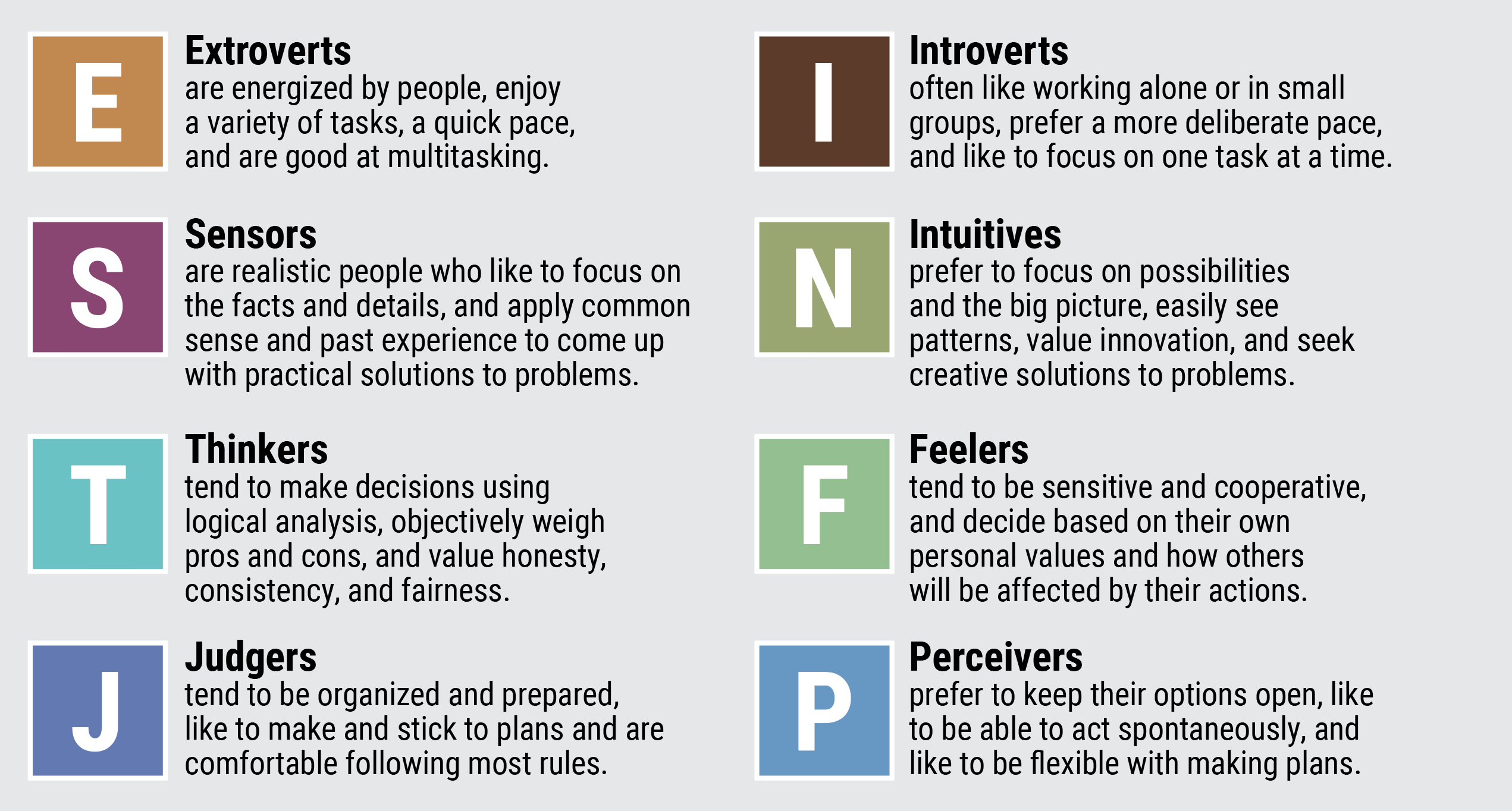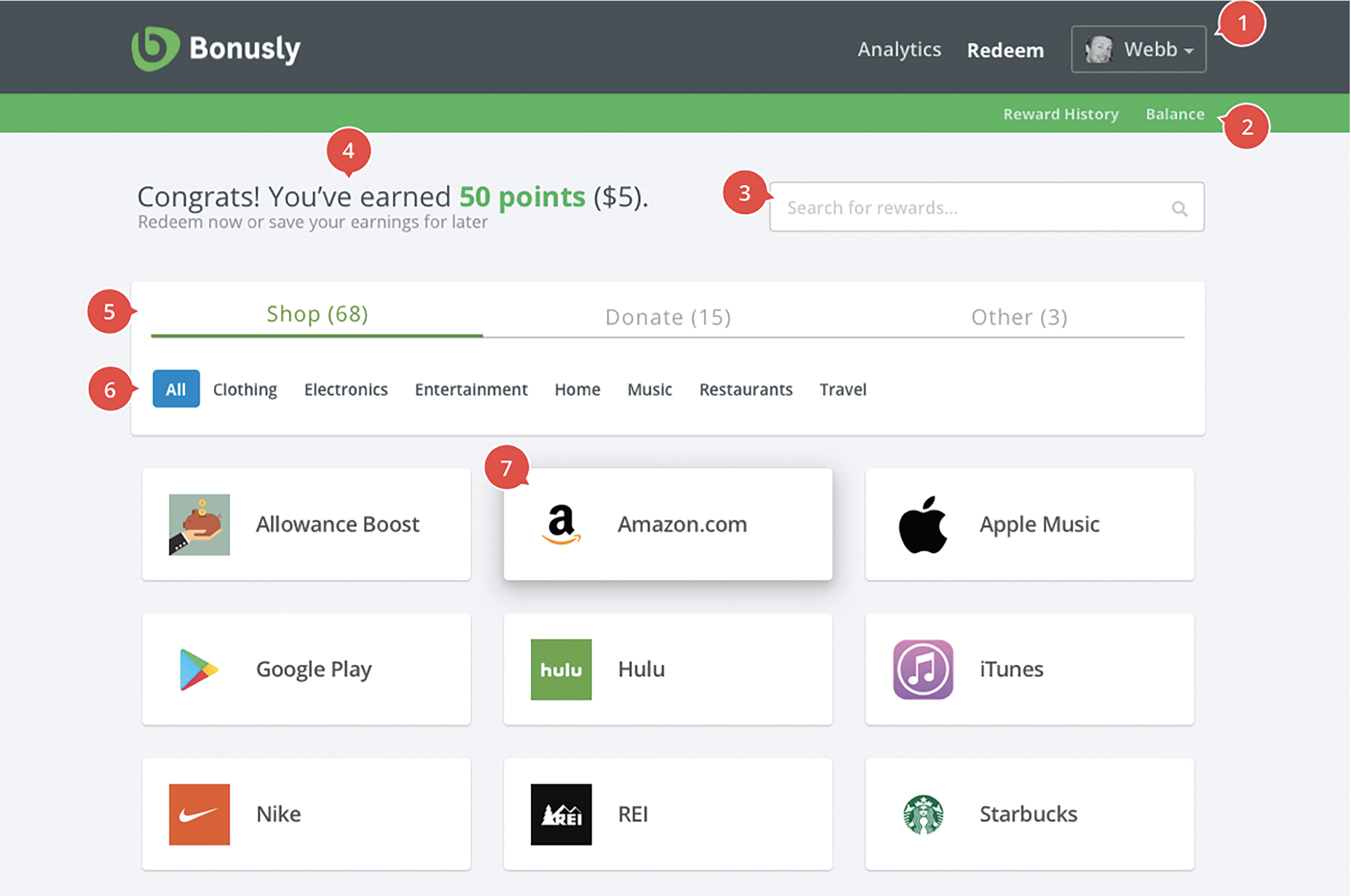A successful optometric practice depends not only on clinical expertise and innovation but also every member of the care team—from front desk staff and opticians to technicians and optometrists. A top-flight staff ensures positive patient experiences and drives sustainable growth. However, finding and retaining quality individuals presents unique challenges.
In this article, we delve into the strategies and best practices essential for cultivating an outstanding optometric team. From the initial recruitment process to ongoing growth and retention efforts, seasoned optometrists offer advice on the intricacies of building a strong workforce.
Culture and Mindset
While every practice owner may approach staff recruitment and retention in their own way, a positive workplace culture is paramount for long-term success.
“Cultivating a strong team starts with the leader’s individual self work and mindset,” says Katie Davis, OD, owner of the Vision Therapy Institute in Columbia, SC. “The more work I’ve done on my mindset, gratitude practices and how I operate in the world, the more I’ve been able to create an environment where people want to stay and work with me to build something beyond the job,” she says.
Dr. Davis acknowledges that this approach is not an easy one; however, in the long run, focusing on the culture of an organization and creating a place where everyone wants to come to work is beneficial not only for the staff but also for the success of your practice as a whole.
The foundation of a positive workplace culture is gratitude and appreciation, she emphasizes. “Paying your staff well—while important—isn’t always enough. Our teams want to feel appreciated, and that may look different for each individual.”
At Dr. Davis’ practice, every new hire packet includes a book by Gary Chapman and Paul White, titled The 5 Languages of Appreciation in the Workplace, which helps her show appreciation to team members in the manner that means the most to them as individuals.
 |
| Cultivating a positive workplace environment involves understanding each member of your team and making them feel appreciated. Photo: Getty Images. |
Fostering a culture of appreciation and growth goes hand-in-hand with successful staff recruitment and retention. “At our practice, we approach everything with a growth mindset,” explains Dr. Davis. “While a fixed mindset is one where you believe talent and intelligence are something individuals either have or don’t have, a growth mindset views talent, skills and intelligence as qualities that can be developed.”
When challenges do arise, it is important to frame any conflict or problem from a solution-based perspective, advises Dr. Davis. “Instead of saying this staff member did this, we ask the question, ‘What system did we not have in place to support you or this situation?”
This doesn’t happen overnight; however, with the right tools, you can build a culture of support. “If someone has a complaint, they are expected to bring a potential solution,” says Dr. Davis. “We emphasize outcomes not an individual mistake and work together to resolve any issues.”
Attracting Your Ideal Team
When beginning recruitment, it is critical to align your efforts with the core values and culture of your practice. By doing so, you will find it easier to attract team members that share your vision and values.
For Susan Keene, OD, who owns Envision Eye Care in Marion, VA, finding the right people depends on a thorough interview process. “We start with a phone interview,” she says. “This includes a discussion of our core values to give the individual a better understanding of what we are looking for and if it might be a good fit.”
Next comes the in-person interview and, if time permits, a brief period of job-shadowing to give them a glimpse of the practice and the role they are applying for, she explains. Lastly, interviewees will take the Myers-Briggs (Figure 1) or DiSC personality assessments.
 |
|
Fig. 1. Dr. Keene uses the Myers-Briggs personality test (results key shown here) or the DiSC personality assessment when interviewing prospective employees for her practice to get a better sense of how they might fit into her team. Click image to enlarge. |
“While I do feel like we get it right more often than not, there will always be occasional cases where someone is a great interviewer yet not a great fit,” notes Dr. Keene. “Today, if you are going to have success in hiring, you need to take a thoughtful approach and always keep your core values at the forefront of the process.”
Ted McElroy, OD, owner and optometrist at Vision Source Tifton in Tifton, GA, emphasizes the importance of vetting potential team members in the right way. At his practice, the interview process includes more than one perspective—Dr. McElroy, the operations administrator and a team member from the area with the open position.
The first question Dr. McElroy and his team always like to ask is, “Did you have any trouble finding the place?” This is a good way to find out which candidates took the time to plan ahead and make sure they knew where they were going prior to the interview.
“We also ask a number of behavioral-based questions,” he says. “For example, ‘Tell me about a time you had a challenge with a coworker.’” Questions like this help you understand how an individual approaches difficult situations. Are they proactive? Do they know how to problem solve?
Their hiring process also includes a working interview (the interviewees are compensated for their time). “This is one of the most beneficial things we do,” notes Dr. McElroy. “Not only do we have the opportunity to observe potential staff members in a work environment, but they also have the chance to experience our practice and how it operates.”
Where do you find individuals that align with your company culture? Dr. Davis recommends an active recruiting approach. “Look for individuals in the community whose personality could be a good fit for your practice,” she says. “You can teach individuals new skills, but finding people with the right personality or mindset can be more of a challenge.”
Oftentimes, current team members are the best resource. “When a position becomes available, it is very rare that we have to go out and find someone,” says Dr. Davis. “Our staff is our greatest source for high-level people.”
Dr. McElroy takes a similar approach. “Identify your A-players and ask them for recommendations first,” he suggests. “The type of people you want working with you are already at your practice, and often they will know other individuals who could add value to your team.”
Fostering Staff Longevity
Finding and training new team members requires a significant investment of time and money; therefore, dedicating resources for employee retention is equally important to ensure the overall success of the practice.
There are a number of ways to incentivize staff members to stay long-term, including salary, PTO and other benefits. Dr. McElroy offers a flexible PTO program that gives his team more control over their time off. “We don’t classify our PTO as sick or vacation time,” he says. “They can take their PTO as needed. We allow them to use smaller blocks of time to take off an hour here or two hours there, which gives them more flexibility to use their PTO in a way that best fits their individual needs.”
Additionally, Dr. McElroy does not allow his team to carry over PTO year to year. “I want them to use their PTO because everyone needs time away from work to decompress,” he explains. “In the past, I have found that individuals who do not take time off are more likely to burnout, and that isn’t good for them or the practice.”
While important, maintaining high employee retention rates takes more than the standard incentives. A key component of the longevity Dr. McElroy has seen with his team is engagement. “Leaders must connect with their team,” he urges. “What I have found is that the practices that are most successful are the ones that actively engage and the ones that are least successful are doing everything they can to avoid their team.”
This doesn’t just mean being available when needed, but rather proactively scheduling time with your team. Dr. McElroy sets aside time every Friday afternoon to have a one-on-one discussion with different members of his staff. “One of my favorite questions is, ‘What’s on your mind?’ and then I just sit there, shut up and let them start talking. Often this time becomes a coaching session, not just for them but also for me.”
Dr. McElroy takes this time to gain insight on the practice and his own leadership as well. Some questions he might ask include: If there’s something that I could do to make your job easier what would it be? What situations do you see where I am not communicating well with the rest of the team? If you were the leader of this organization, what would you fix first?
“They’ll come up with things that you never would have thought of because they’re seeing things from a completely different viewpoint than you do,” he says. “However, these conversations can’t take place unless you’re actually being vulnerable and sharing that you have bad days too where you might struggle or have challenges. If you’re not going to engage with your team, you’re going to lose them.”
To better connect with her staff, Dr. Keene has team meetings where every staff member takes an active role. “We have tried to create a culture of regular meetings and I do very little of the talking during that time,” she says, while noting that the team meetings are structured around the key performance indicators (KPIs) that drive revenue and production.
“Every week, different staff members from each location will own a KPI, and they are responsible for measuring and reporting those numbers to the rest of the team,” she explains.
As with any business, optometric practices have financial objectives, but the team may not always have a clear picture of the specific reasons behind these goals. “I may know that I have plans to remodel or purchase new equipment, but I found that could come across as, ‘She just wants more money,’” says Dr. Keene.
When she started breaking down these goals and including her team, not only did revenue increase, but her staff felt more engaged and had the opportunity to see firsthand the impact they have on the success of the practice, their colleagues and the patients they serve.
 |
Fig. 2. One tool to incentivize staff to perform at their best is Bonusly, which Dr. Keene uses at her practice. Through the website, employees receive a monthly allowance, redeemable for money or gift cards, which they can share with their peers when, for example, a staff member goes above and beyond for a patient. Photo: Bonusly. Click image to enlarge. |
Dr. Keene has also observed that today’s employees are much more motivated by recognition, especially peer-to-peer acknowledgment. Her team recently started using an employee recognition tool (Bonusly; Figure 2). “At the beginning of each month, every staff member is given an allowance of 200 eyeglasses, which equates to money or gift cards,” she says.
“Throughout the month, they can give their colleagues eyeglasses when someone does something that embodies one of our core values. For example, one employee might give their coworker five eyeglasses because they took the time to help them learn how to use a piece of equipment that they were struggling to master.”
Recognizing your employees for their own work as well as for what they do to support one another fosters an environment where they are not just happy to do their job, but they are incentivized to go above and beyond expectations.
Investing in training and development will also help maintain a healthy culture where team members are happy, and the practice is thriving. “Training your employees from day one is critical for their success and the success of your practice,” says Dr. Keene.
“We have developed training programs that are multilevel, so that our team members can continue to grow and enhance their skills. While some employees are happy where they are, others want to grow within the organization, and we want to make sure they have the opportunity to do so.”
Dr. McElroy will also encourage his team to take part in leadership courses and other educational opportunities. By supporting employees, even if they one day outgrow your practice, it is beneficial for everyone involved, and they are more likely to go the extra mile.
Make it clear to your team that you are dedicated to helping them grow within your practice and beyond. “What kind of individual could you be if you help your staff find what that next part of their life is going to be like? How hard do you think they would work to try and find somebody to replace themselves? This has happened in my own practice,” he says. “Everyone benefits when your team members have the opportunity to succeed.”
Optometrists who own their practices have control over incentives and creative solutions like the ones discussed above, but what about the optometrist employed at a chain or private equity owned practice who may have less leverage when it comes to decision-making?
While this scenario may not allow for the same degree of freedom and control, optometrists working in this environment can still have an impact on company culture as well as staff recruitment and retention efforts. “Be proactive and communicate with the owner,” suggests Dr. Keene, while emphasizing the importance of being on the same page.
Once the OD has a clear understanding of the owner’s specific goals for the practice, they can offer their own insights and support. For example, the goal is to increase optical sales. The OD might encourage the owner to create an incentive for employees. This doesn’t always have to be monetary. It could be as simple as a dinner at the end of the month if the goal is met, says Dr. Keene. These “mini games,” she notes, can be a fun way to encourage employees and build morale.
“It is hard if you’re not the owner; it truly is,” she notes. “But, even if you work for someone else, share your ideas and do what you can to work together for the success of the practice and its staff.”
Takeaways
Effectively recruiting and retaining staff is a crucial component of the success of any optometric practice. Building a team of dedicated professionals is essential for the delivery of high-quality patient experiences and care.
Attracting and keeping quality team members depends not only on competitive compensation and benefits but also on a positive workplace culture where staff members feel appreciated and have the opportunity to grow and take ownership of their contributions.
Navigating the complexities of personnel management is not one-size-fits-all and requires a dedicated leader that recognizes the power of a strong staff and is willing to do their part to help every member succeed—both as an individual and as a team.

